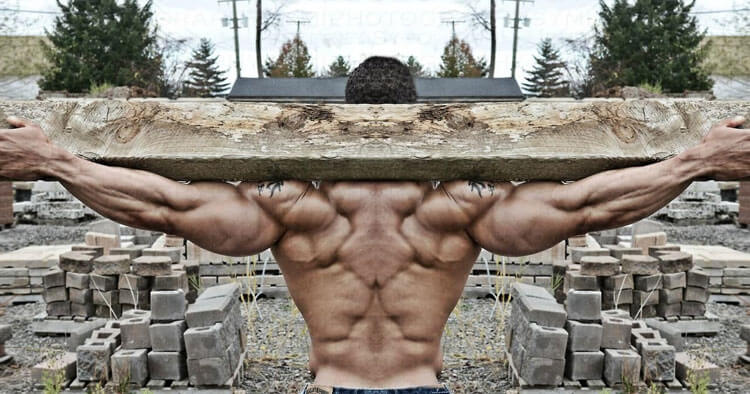Sports Injuries and Management
Lower Trapezius Muscle: A Scapular Stabiliser
Where Are Your Lower Trapezius Muscles Situated?
Your lower trapezius is not an individual muscle, rather it is the lower most section of your trapezius muscle. Your trapezius can be broken up into upper, middle and lower trapezius and is a muscle that starts at the base of your neck, goes across the shoulders and extends to the middle of your back making a trapezoidal shape. Your lower traps are a superficial muscle sitting atop of your rhomboids, lattisumus dorsi and infraspinatus muscles (as can be viewed in the image below). Often referred to as the lower traps it originates from the spinous processes of the lowest six thoracic vertebrae in your back and the muscle fibers run superolaterally (up and outwards from their origin on the spine) and converge to insert on the medial spine of the scapula (shoulder blade).
What Do Your Lower Traps Do?
Your lower traps are involved in the mobility and stability of the scapula (your shoulder blade). The main role of the lower traps with regard to generating movement, is as the prime mover in scapular depression which anatomically is the lowering of the shoulder blades. However, it is also an important scapular stabiliser and has a synergistic role in upward rotation of the scapular, which is a necessary shoulder blade movement when raising your arms above your head. If your lower traps are weak then retracting and depressing your scapula wont be possible. Weak lower trapezius muscles can also increase the risk of scapular dyskinesis and often considered to be involved in the SICK scapula presentation. Weak upward rotation due to a weak lower traps can potentially contribute to the onset of shoulder pain or injury particularly associated with throwing sports, or activities where the individual is working with their hands at or above shoulder height.
The Consequences Of Having Weak Lower Trapezius Muscles
An appropriately functioning shoulder blade provides a dynamically stable platform for upper extremity function. Through giving the glenohumeral joint (shoulder joint) a stable base for to operate from a strong well functioning shoulder blade is crucial. Disruption to the force couples controlling shoulder blade movement and alterations to any length – tension relationships of muscles around the shoulder blade, can lead to dysfunction with scapula and shoulder motion known as dyskinesis. Scapular dyskinesis can increase the risk of developing common shoulder complaints such as impingement and rotator cuff pathology, especially with regard to any throwing, lifting, reaching or weight bearing activities of the upper limb. The lower trapezius muscles play a vital role in scapula movement and stabilisation, in particular as previously mentioned in the upward rotation movement of the shoulder blade which is necessary when performing activities at, or above shoulder height. All this means that weakness of the lower traps can play a significant role in the cause and treatment of many shoulder pathologies.
Disclaimer: Sydney Physio Clinic provides this information as an educational service and is not intended to serve as medical advice. Anyone seeking specific advice or assistance on Lower Trapezius Muscle: A Scapular Stabiliser should consult his or her physiotherapist, general practitioner or appropriately skilled practitioner.



